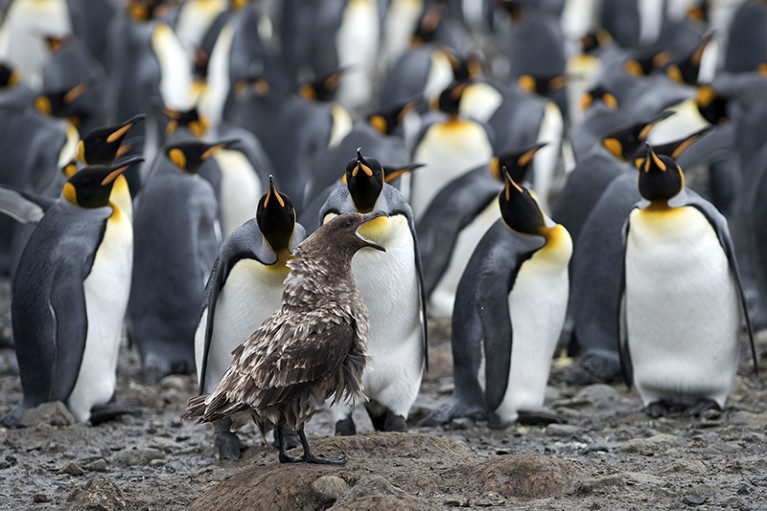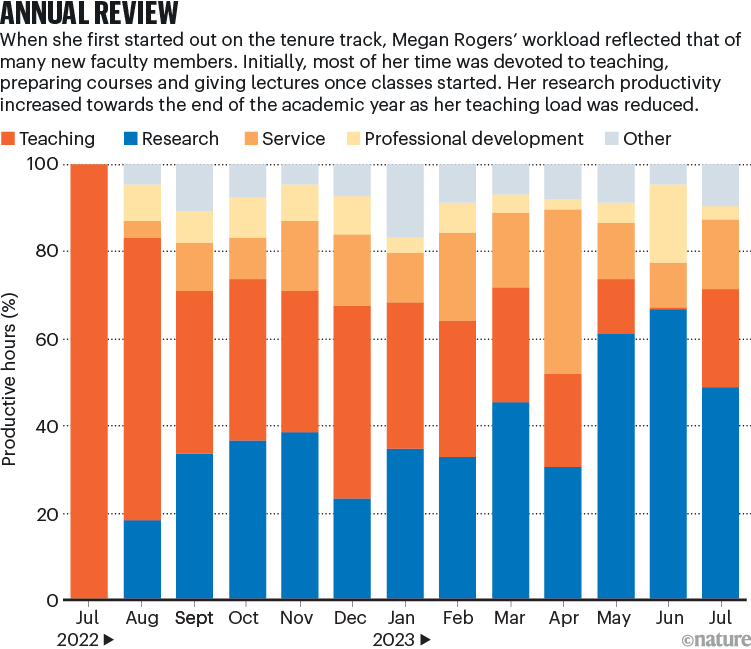with Evansville, Indiana, a baby was found to be injured and covered with rat bites. The infant’s parents and an aunt have been accused in connection with the incident.
According to the investigation papers that were obtained by NBC affiliate WFIE and analyzed by TODAY.com, on the morning of September 13, 2023, the 6-month-old child was found face down in his crib with wounds all over his face and body. According to the affidavits of probable cause that the boy’s parents, David Anthony Schonabaum and Angel Schonabaum, submitted on the boy’s behalf, more than fifty bite marks were discovered on the boy’s forehead, right cheek, and nose. The same could be said about his right foot and leg, both of which were covered with bites.
A significant incision revealed the ring finger bone of the infant’s left hand, which was located on his ring finger. His right arm was covered with bite marks all the way down to the hand, starting at the elbow. The child’s index and pinky fingers were the ones that suffered the most severe injuries, as shown by the fact that the child’s skin was missing from the top of each finger halfway down. On the child’s right hand, the child’s thumb, all four fingers, and the middle finger were shedding tissue from the top, revealing the bones at the fingertip.
The documentation establishing probable cause states that “the child suffered a near fatal event,” which may be found in the child’s medical records.
David Schonabaum placed a call to the emergency services and reported witnessing a toddler covered in blood earlier that morning. According to the investigations, there was a rat problem at the property, and it had been treated by a qualified specialist on many occasions for this issue. In addition to that, he provided receipts for a number of treatments that started in the spring of 2023 (March 31, April 24, May 23, June 30, July 26, and August 21).
David Schonabaum said that he lived there with his family of three, which included his wife Angel and their two children. In addition to Angel Schonabaum’s sister Delaina Thurman and her two children, this mansion also serves as their residence.
The information provided by David Schonabaum suggests that Angel Schonabaum checked herself into a facility for the mentally ill on September 10th, 2023. According to the reports from the police, she was granted early release from prison on September 13 as a result of the event involving her son.
According to the affidavits, earlier this month, two of the children claimed to a teacher that mice had chewed on their toes as they slept. This occurred while the children were in bed. After that, a representative from the Department of Child Safety came to the house.
According to the complaint filed by the police, Thurman explained to the DCS official that the bed was to blame for the scratches that were found on her child’s toes.
There were a total of two past occasions that the Schonabaums crossed paths with DCS. In December of 2022, a verdict of negligent parenting was handed down to David and Angel Schonabaum after their middle child suffered an injury as a result of a lack of supervision. In June of 2023, Child Protective Services verified that David Schonabaum had physically abused the same child who was 3 years old.
WFIE attempted to get DCS to comment on the incidents, but DCS declined.
Regular visits were made to the residence by social workers, who noted, among other things, that it was disorganized, that garbage was left lying about, that there was animal excrement on the floors, that there was filth, that dishes were stacked up, and that there were offensive aromas coming from the kitchen. Social workers, on the other hand, stated that circumstances at the house were “slowly improving.”
The family had been seen by a social worker on September 9, 2023, the day before the infant was injured in an accident.
As a direct consequence of the occurrence, criminal charges have been filed against the three persons who were living in the residence at the time. It was not known if the Schonabaums or Thurman had an attorney representing them.











